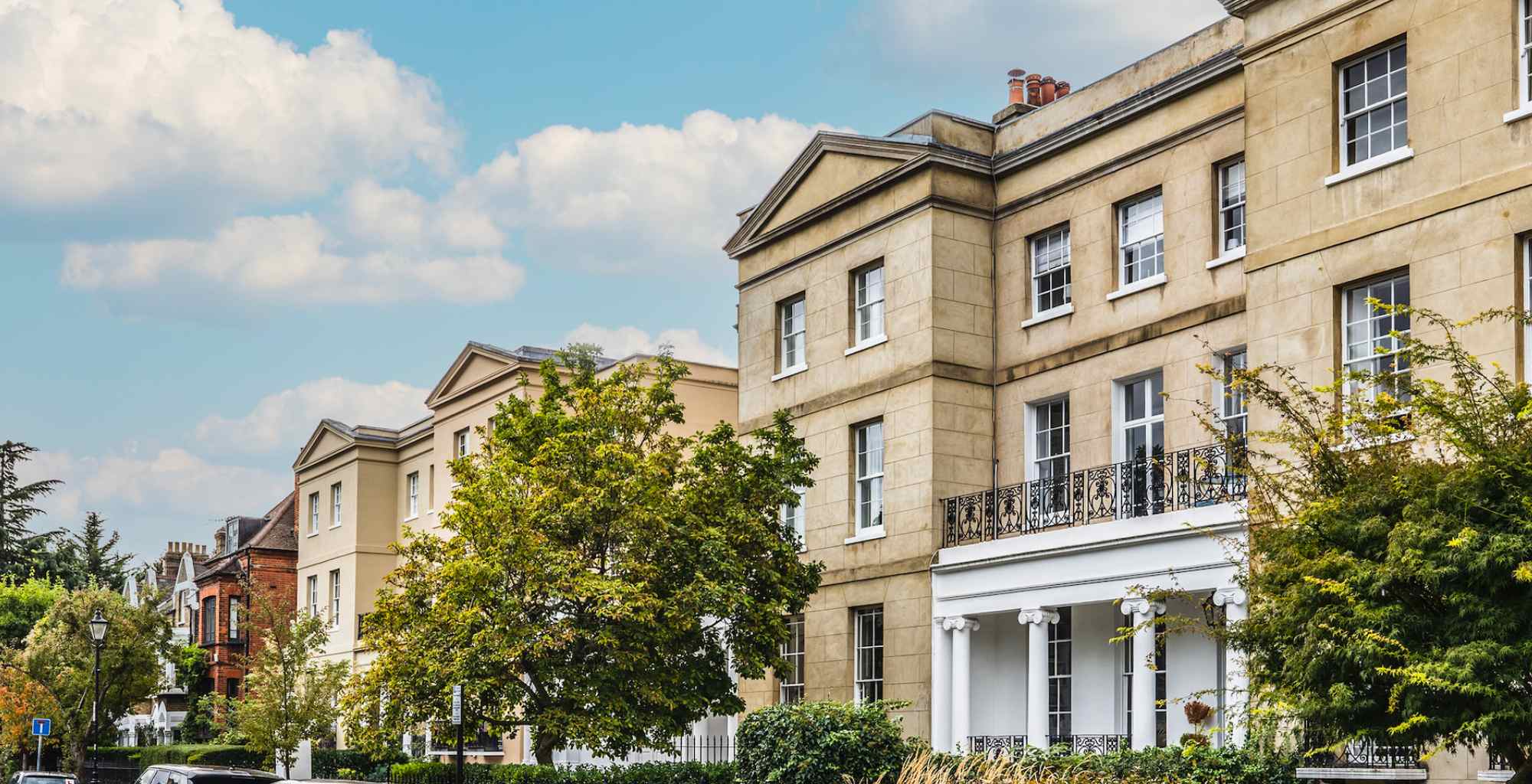West London architecture is varied, from the modern buildings now found in White City, to the Queen Anne Style buildings tucked away in Bedford Park. Each neighbourhood has a unique style representing different eras and the builders who were most active in those areas at that time.
The architectural landscape of West London stands as a testament to its rich heritage, marked by a seamless fusion of classical charm and contemporary flair.
From the grandeur of Georgian squares in Hammersmith to the more ornate Victorian and Edwardian properties in Chiswick, West London architecture has much to offer local home buyers. Due to several conservation areas and strict planning requirements, many homes have been beautifully preserved over the years.
The architectural scene in West London has also been enriched by cutting-edge designs from award-winning firms, introducing innovative projects that pay homage to the area’s storied past while boldly moving towards the future.
Prospective homebuyers in West London are greeted by an eclectic array of architectural styles, here we take a closer look at the eras of note and styles home buyers might uncover.
Key time periods
The architecture of West London offers a captivating journey through time, with each era leaving a distinct footprint on the landscape. Homebuyers are drawn to the unique mix of historical resonance and contemporary design found in this area.
From the Tudor period (1485-1603), West London retains charming examples of the era’s architecture. Notable for their exposed wooden beams, steeply pitched thatched roofs, and distinctive half-timbering, Tudor houses can still be admired on streets like Chiswick’s Old Burlington Lane, where the legacy of that time endures in the form of quaint, mullioned-window cottages.
The Georgian era (1714-1830) saw a huge spike in Regency architecture around West London with the construction of several grand terraces and townhouses, such as those on St Peter’s Square and near Ravenscourt Park. Several notable buildings along the riverfront are also built of this era. Their white stucco facades, sash windows, and wrought-iron railings are a testament to the elegance of the period. These properties are coveted for their classic charm, as reflected in the premium property prices in these boroughs.
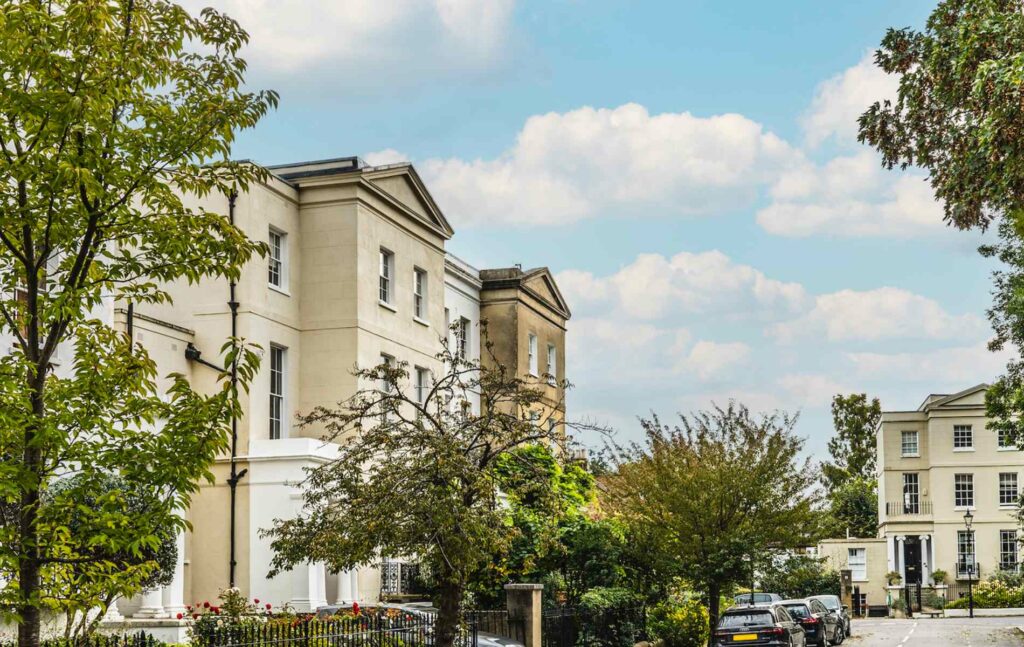
Victorian (1837-1901) and Edwardian (1901-1910) architecture brought a flourish of ornamental brickwork and bay windows to the area. Many, many streets around Hammersmith, Shepherd’s Bush and Chiswick were built during this era. The distinctive red-brick mansions and terraced houses from this time remain highly desirable for their blend of ornate detail and solid construction.
Today, contemporary architecture in West London is defined by its innovative use of space and sustainable practices. The skyline features cutting-edge designs such as those in White City.
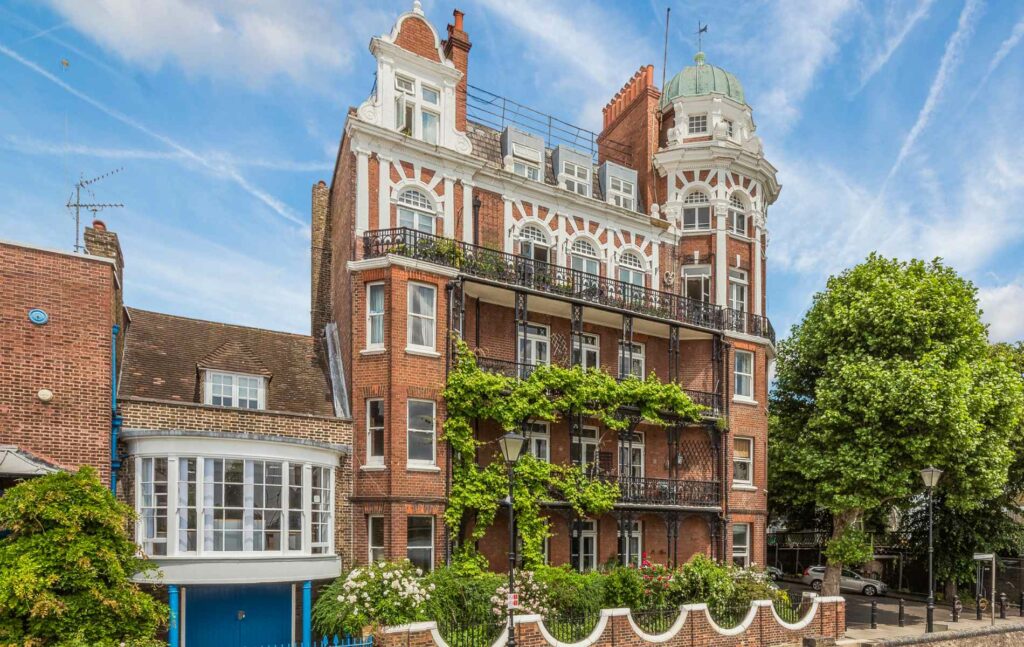
Types of architecture in West London areas
There are many types of architecture in West London and specific examples of eras can be found in certain postcode areas.
Hammersmith
Hammersmith is an architectural microcosm reflecting its growth from a riverside village to a vibrant metropolitan district. Notable for its Georgian and Victorian heritage, Hammersmith’s streets are adorned with elegant terraces and stucco-fronted houses, especially around St Peter’s Square and the riverfront. The area also features standout Art Deco buildings, such as the Hammersmith Apollo, and modernist examples like the Lyric Theatre.
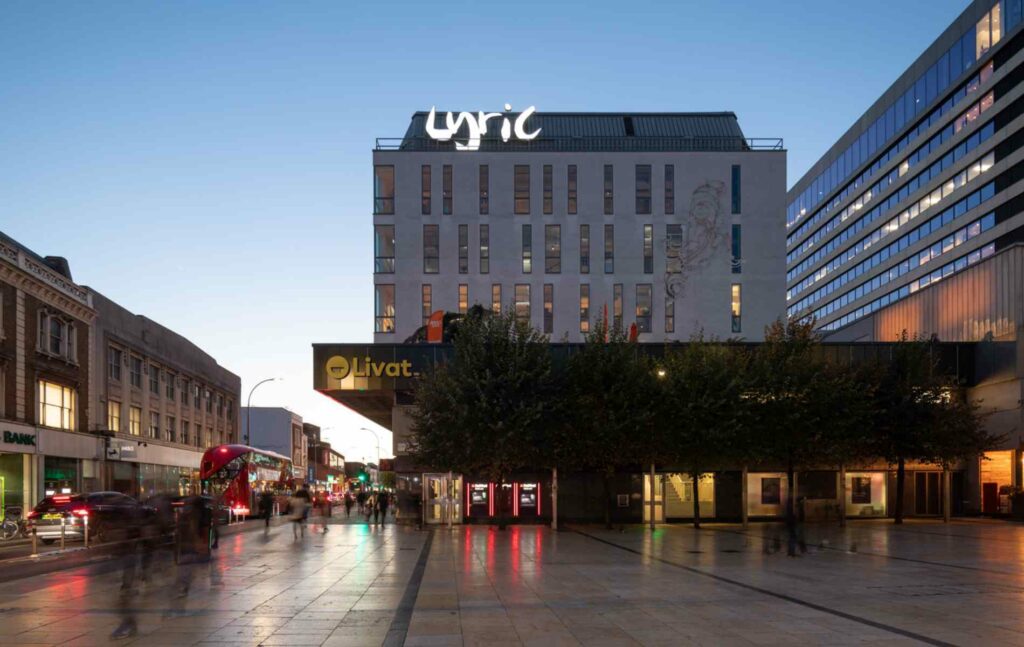
Chiswick
Many of Chiswick’s broad streets are a gallery of 18th and 19th-century architecture, where Georgian townhouses and Queen Anne style homes stand as relics of its affluent past. The Arts and Crafts movement left a distinctive mark here, with several notable houses embodying its principles of traditional craftsmanship.
One of the most sought-after places to live in W4 is Bedford Park which offers a fascinating glimpse into the architectural evolution of late 19th-century London. Bedford Park, often considered the world’s first garden suburb, was developed under the visionary design principles of architect Norman Shaw and others. Shaw’s influence in Bedford Park is a seminal example of the Queen Anne Revival style in British architecture.
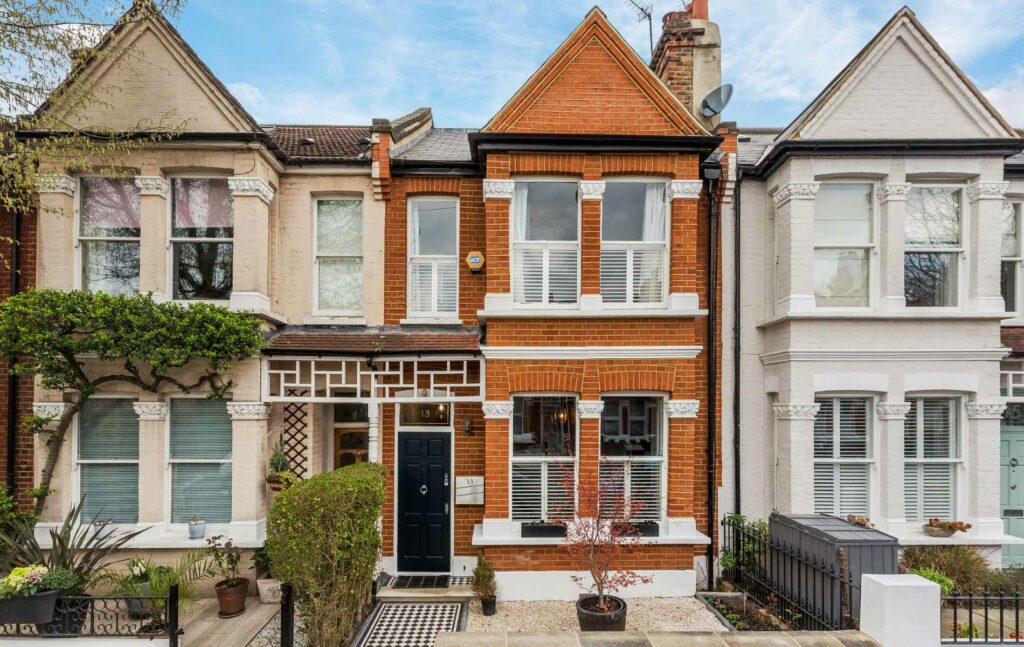
Shepherd’s Bush
Shepherd’s Bush in West London, with its postcode W12, presents an architectural tapestry that narrates the evolution of suburban development. Its residential streets are lined with Victorian terraces, reflecting the area’s expansion during the 19th century. The Edwardian period brought in a wave of red brick houses, adding to the district’s character.
Interspersed among these are 20th-century infills and modern developments, showcasing a contrast between the old and new. Landmarks like the Shepherd’s Bush Empire and the former BBC Television Centre add cultural and architectural depth, illustrating the area’s diverse historical influences and its ongoing narrative of growth and change.
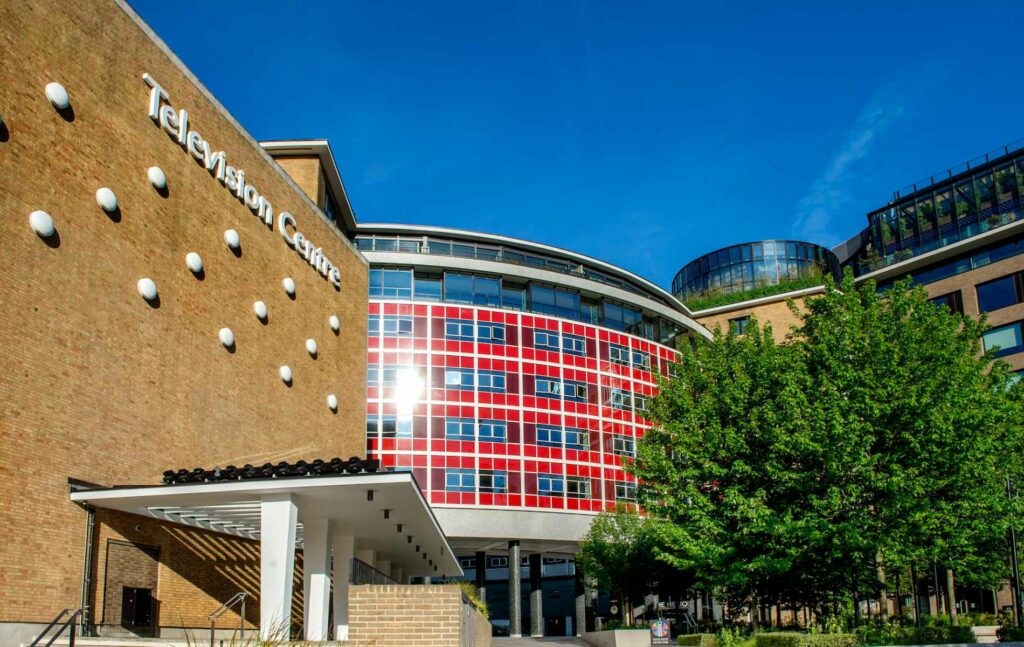
Brook Green
Brook Green, with its verdant common at its heart, is a West London locale that radiates a historical and architectural allure. It is characterized by Victorian and Edwardian properties, with imposing facades and large sash windows that capture the essence of London’s residential expansion in the late 19th and early 20th centuries.
West Kensington
West Kensington is a London enclave that resonates with architectural diversity, encapsulating the essence of different eras. The area’s Victorian and Edwardian legacy is prominent, with ornate facades and mansions reflecting the affluence of its past.
Red brickwork is a common sight, with many buildings featuring the distinctive ornamental detailing typical of the late 19th century. Interspersed with these historical gems are pockets of modernist architecture from the mid-20th century, offering a stark, functional contrast to their elaborate predecessors.
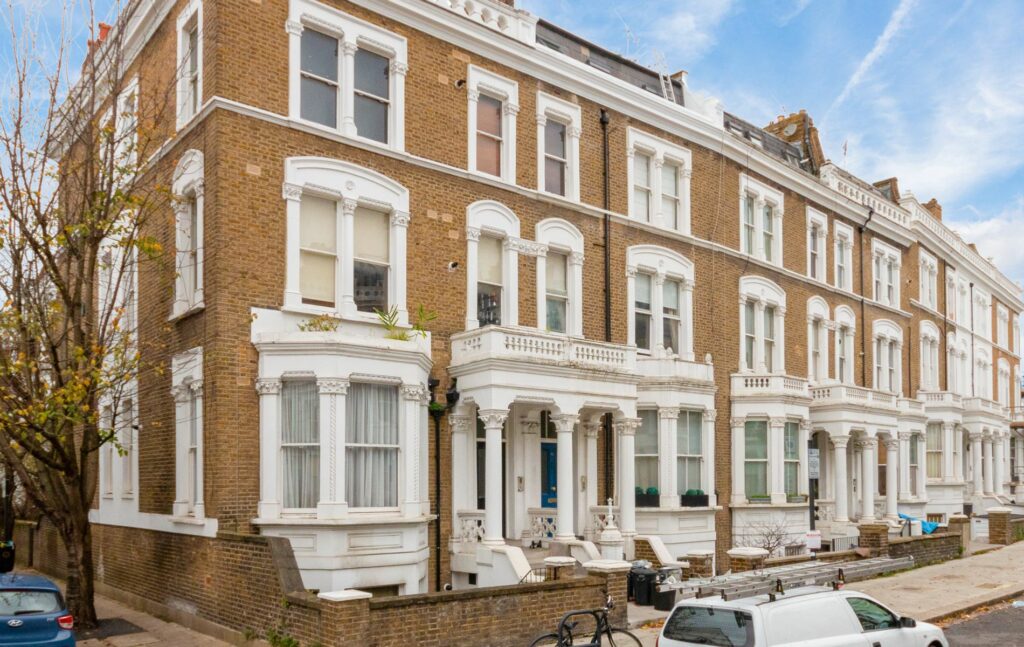
Barons Court
Barons Court, positioned within the heart of West London, is an area where architectural charm is quietly understated yet profoundly present. Characterised by Victorian and Edwardian residences, the neighbourhood boasts terraces and mansion blocks that exude an air of quiet dignity and a sense of enduring craftsmanship. Notable for their intricate brickwork and decorative motifs, these buildings reflect a period when attention to detail was paramount. The Queen’s Club, famous for its lawn tennis, adds a sporting elegance to the area. With the occasional Art Deco influence and post-war development, Barons Court offers a cohesive architectural narrative that celebrates both its historical roots and progressive outlook.
Conservation Areas
West London is known for its beautiful architecture and charming residential areas. Among these, conservation areas play a significant role in preserving the historical and architectural character of the region. In this guide, we’ll explore what it means to live in a conservation area in West London.
What it means to live in a Conservation Area
In the UK, conservation areas are designated by local planning authorities to protect and enhance the special architectural or historic interest of a place. In West London, these areas include a variety of architectural styles and settings, from Georgian and Victorian terraces to leafy suburban streets.
Living in a conservation area brings certain responsibilities for homeowners. This is because the local council aims to ensure the area’s distinctive character is maintained. For example, you may require planning permission for certain alterations to your property, such as demolishing buildings over 115 cubic square metres or cutting down trees.
On the other hand, properties in conservation areas often sell for a premium, as the London School of Economics and Historic England found in a 2012 study that houses in such areas sell for an average premium of 9%. This reflects the attractive, well-preserved surroundings and the importance given to maintaining the heritage of the area.
Living in a conservation area in West London means enjoying the benefits of beautiful architecture and surroundings, while also being mindful of the responsibilities that come with preserving the area’s historic character.
West London Property
If you’re planning on moving home and considering property in West London, our team of local property experts would be delighted to assist. Get in touch with us today.
